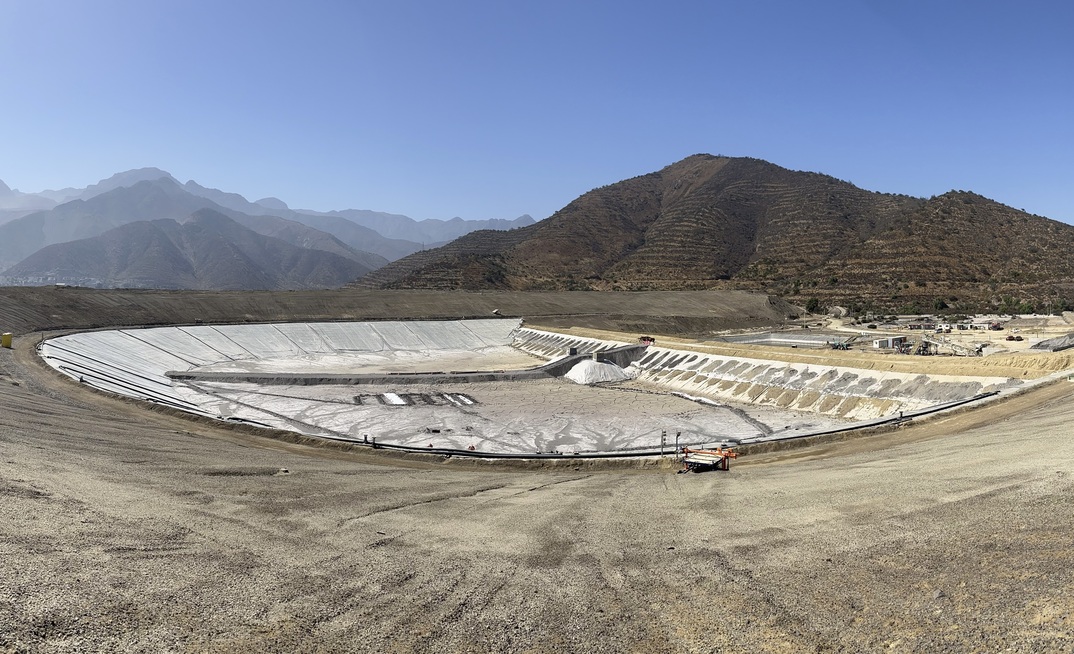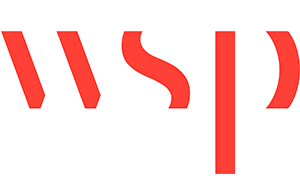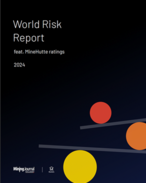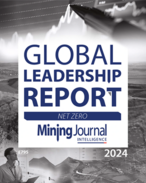The arrival of the Global Industry Standard on Tailings Management (GISTM) in 2020 has acted to place tailings under the spotlight and is promoting the introduction of responsible practices across the entire life cycle of tailings storage facilities (TSFs). And, with greater resources now being directed towards an area previously all too often overlooked, it has ushered in a new ‘can-do' culture. This is marked by innovative, customised, risk-informed solutions pertaining to the design, construction, operation, monitoring and closure of TSFs.
All options on the table
WSP is a firm believer that the most appropriate tailings solution for the site should consider all options, and while filtered tailings is an attractive technology to reduce the potential for catastrophic failure, it may not always be the best option for the site. Rather, designs must be informed by the knowledge base and by risk, with the way forward identified by a robust options assessment. WSP's technical director for mine waste, Peter Chapman acknowledged the importance of the shift away from a one-size-fits-all approach. "Every commodity, site and jurisdiction are different. Having a robust multi-criteria assessment that considers all the different options and has a repeatable framework to be able to decide what's best for the area you are in, is going to be key," he said.
The optimum solution is rarely obvious and will always be marked by trade-offs. Filtered dry stacked tailings may score highly on the sustainability front relating to water reuse, and be synonymous with stability, but represent a labour-intensive response. Not only is it one that places additional demands on already limited resources, but the process itself exposes a greater volume of people to risk than other available options due to the requirement to compact the material during placement, requiring a continuous presence of people. Additionally, depending on the material characteristics, durable closure is not always cheaper or less complex.
Developing a culture of continuous improvement
Equally, being ever receptive to, and prepared to implement latest technological improvements serves to breed a culture of continuous improvement across an organisation.
As well as a focus on optimising their operational state, TSFs are now additionally designed with post-closure land capability in mind. Even TSFs designed several years ago when the compliance bar was set much lower must now be closed to meet today's standards and expectations. Consequently, mining companies are cognisant of the benefits of focusing on integrated mine closure planning as early as possible and view responsible tailings management as a key part of that ongoing process.
The GISTM has made global the concept that tailings management and the safe construction, operation and closure of TSFs are challenges that demand qualified Engineers of Record (EoRs), and that the role is key to a consistent governance process.
That said, recruitment and retention issues mean the role holder should not be the sole repository of the requisite critical knowledge. Rather, it is essential to adopt a holistic approach to education and training that sees know-how diffused throughout an organisation and succession planning promoted. Developing such depth in companies provides long-term assurance that vital skills in high demand will not be lost.
As WSP's global director of mine closure, Kim Ferguson pointed out, "multidisciplinary inputs are essential, because there's no one person that can understand everything relevant to the tailings facility across its entire lifecycle."
It's not all about the cost any more
Underpinning this transformation is the shift to cost being just one of many drivers as tailings management metamorphoses into an issue of existential importance for mining companies. While Peter Chapman recognises that cost will always constitute a key component in the assessment process, he believes that the GISTM has acted to promote a new form of dialogue that asks, "if cost wasn't a constraint, what would be the best option here."
A consequence of the regulatory tightening up is that tailings management has been brought to the boardroom. As well as providing for the designation and assignment of responsibility to an EoR and a responsible tailings facility engineer, the GISTM also specifies that an ‘accountable executive' constitutes a key role in the ongoing management and governance of a TSF.
For the first time, accountability encompasses the C-suite, which must affirm that tailings risks are being managed to as low as is reasonably practicable. Such a development has understandably acted to focus minds and resources onto an area previously considered the preserve of the engineering fraternity, and ensuring that decisions about mine waste made in the boardroom are based on best possible information and models.
The mining industry is stepping up to the plate
Peter Chapman notes that the leading Tier 1 mining companies have embraced the new risk-based approach to tailings management. He is heartened to observe that, broadly speaking, there is a willingness to go beyond mere compliance towards optimised tailings solutions. He would now like to see an increase in leading practices being shared for the benefit of all within the sector, regardless of jurisdiction or market cap.
Kim Ferguson also sees first-hand that real change is afoot. It is a change marked by the range of available closure options becoming broader and the risk assessment process becoming more comprehensive, enhancing scope for optimised tailored solutions with application across the full life cycle. She notes that the more innovative companies are also looking outside the industry for new applicable technologies and perspectives.
For WSP's global director of mine closure, the industry's new-found flexibility and agility could accurately be expressed as a shift from, "we can't possibly do that" to, "why can't we do that?"
While applauding this evolution, Kim Ferguson cautions that the industry must not solely look to the choir when preaching the virtues of specific innovations and advances. Rather, she would like to see the language used around risk and tailings facilities simplified and made more accessible to other stakeholders, including investors, but particularly the next custodians of the land, many of whom may be unfamiliar with the mining lexicon.
At the same time, she is quick to point out that mining companies have finite resources with which to adhere to the proliferation of standards, requirements and expectations that now abound. Tailings is just one area of an operational site that requires closure, and as she says, "the biggest bang for your buck is to minimise the volume of tailings being produced in the first place.
For Kim Ferguson, the primary challenge from a closure perspective is how to confidently model and monitor facilities that are going to be there in perpetuity, and so provide certainty in respect of long-term stability and geochemistry risks such that facilities can be ‘rebranded' as permanent landforms and effectively declassified. Most prevailing regulations are not yet equipped to provide effective and tested guidance on when that point could be considered reached, and therefore not yet able to provide complete satisfaction to communities, regulators and the next custodians of the land.
The journey, however, has only just begun, with much progress already made.



























